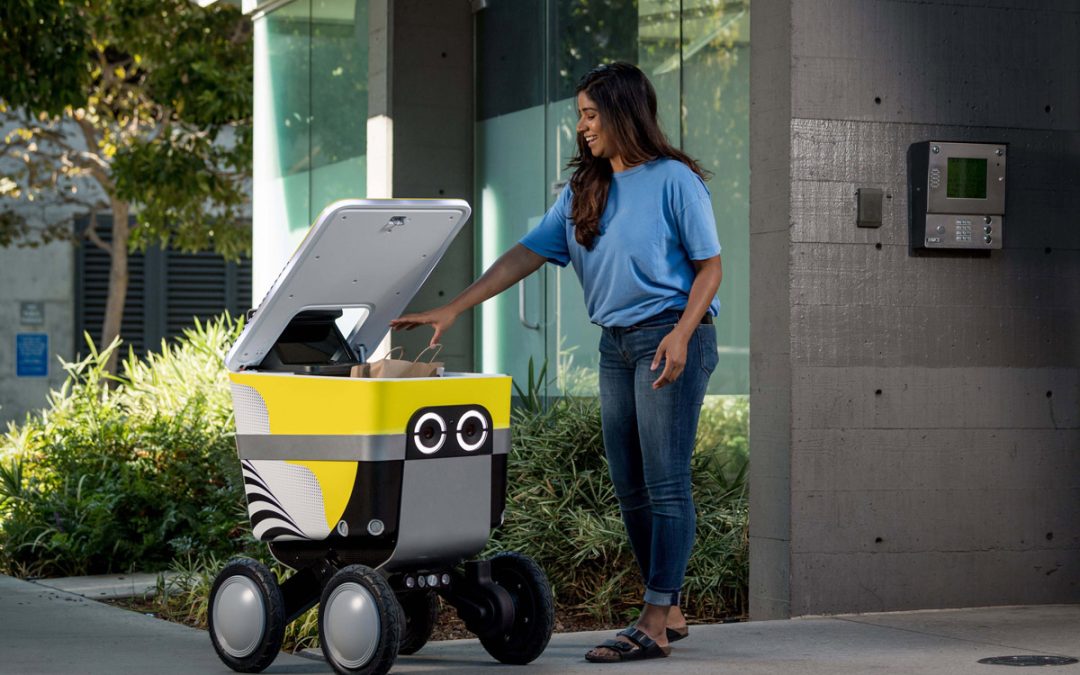Serve Robotics announced a new investment from chipmaker Nvidia that deepens the relationship between the two companies and helps speed up growth and development.
Nvidia will invest $10 million in the company as a strategic investment. Among investments in the robotic food delivery space, it’s not massive, but it’s important for a few reasons.
According to data from investment analysis firm Crunchbase, this represents the largest direct investment by Nvidia in a partner company in the last several years. The next largest is $3.5 million investment in Kore.ai, a conversational AI company. It is also the first direct investment by Nvidia into the food robotics space, where Nvidia works with many robotic developers. Lastly, the investment formalizes the ongoing partnership and gets both Nvidia and Serve more aligned than ever.
“Nvidia is one of the most important players in this industry creating this infrastructure and creating hardware and software that accelerates the adoption of robots and development of robots,” said Serve cofounder and CEO Ali Kashani. “It’s just going to accelerate things, having access to a closer collaboration makes the development faster, of course, there’s the capital part that makes it faster, too.”
The investment comes hot on the tails of Serve announcing it was the first robot delivery company with Level 4 automation, i.e., the ability for the robots to routinely operate without human intervention. Kashani said that’s a “pretty big deal.”
“That has a lot of implications. The fact that robots can be outside in operating areas and don’t require humans in the loop, it makes the robots more reliable and efficient,” said Kashani. “Our approach has always been to solve the problem with technology, not labor arbitrage. Nvidia picking us to work closer with is also a validation there.”
Serve, and all the robotic delivery companies, still have humans ready to take over in difficult situations, but the company is intentional about reducing that human interaction to as close to zero as possible. That’s critical for safe operation and ensuring that burrito gets from point A to B through volatile sidewalk environments.
“The first and most important impact is safety, when you have robots outside coming across every conceivable event. First, remote connectivity to robots to enable people to oversee robots is not always reliable. There will be shortages and breakdowns. Anyone who has used Zoom knows what that’s like,” said Kashani. “And people make mistakes. We reached a point a few years ago that people were causing more errors [than the robots]. So, we needed to make robots more self-sufficient without a perfect video feed or perfect humans.”
As for aligning the companies, Kashani said that goes both ways. Nvidia under the formal partnership will be potentially more eager to develop tools for Serve or address pain points surfaced by Serve. Of course, Nvidia has a few incentives, either cashing in on a Serve acquisition or further growth and every bot on the sidewalk means more Nvidia hardware going out the door.
The industry is clearly ready for reliable robotic delivery, and the staffing challenges make robotics even more attractive for both restaurant and delivery players who are constantly hiring drivers to meet demand.


